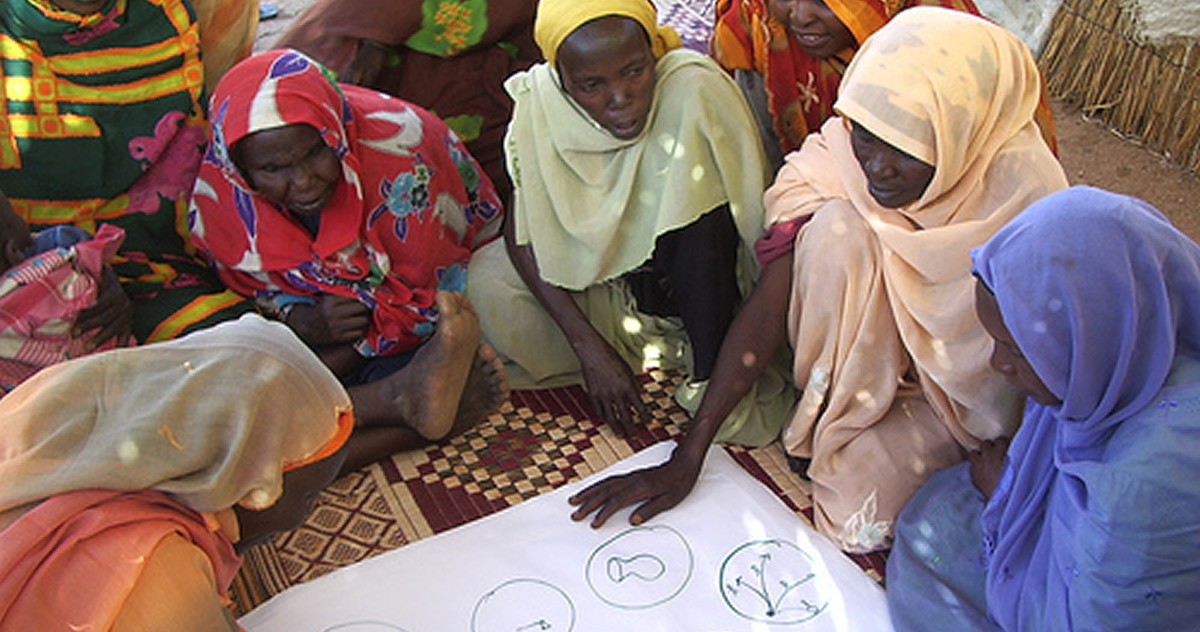 Participation in project management is a process that allows sharing some of the control on the project with key stakeholders, especially beneficiaries. By giving beneficiaries the opportunity to participate in the decision-making elements of project management, it helps build a sense of ownership on the outcomes of the project.
Participation in project management is a process that allows sharing some of the control on the project with key stakeholders, especially beneficiaries. By giving beneficiaries the opportunity to participate in the decision-making elements of project management, it helps build a sense of ownership on the outcomes of the project.
Ownership of the project outcomes ensures the support and active involvement of stakeholders. When stakeholders know their voices, opinions and preferences are heard, they know the project is meeting their needs. Participation should not be limited to baseline interviews and occasional communication meetings but should be included in all the project phases; from the design, planning, implementation, monitoring, adaptation and closing/evaluation of the project.
Participation is also a political act in which beneficiaries are empowered to have their voices heard, and that simple fact changes the power relationships between the project and the stakeholders. It is also strategic to the needs of the project, as it increases the impact of the project and increases its sustainability beyond the end of the project. But participation is not cheap, requires the use of resources and time, but the benefits of this investment are recovered by the long term impact.
The principle behind participation is that stakeholders are collaborators in the project, not just simple recipients or contributors, but active partners in the project at every phase of the project. All participation approaches are designed to generate an active participation including making key decisions on the project that have a direct influence on the stakeholders and most important they can even help challenge some of the original assumptions the project had about the stakeholders and that can have a significant input in the project design and strategies.
Project managers must built-in participation in the project planning phase, and choose when, what, why, and who will participate; taking in consideration that asking too much participation can also have a negative effect, after all stakeholders have other priorities and activities that the project is competing with. The project manager must be conscious of the time availability and effort needed from stakeholders. Project stakeholders vary and their level of participation also varies depending on who they are and what are their stakes in the project, the project should identify all project stakeholders and evaluate the level of participation needed from each, when the participation is needed, and why the participation will increase the impact of the project. This simple analysis help focus the project resources on the areas that will bring the most benefit.
Want to learn more? Enroll in the next session of our online course, Project Design, Monitoring, and Evaluation for Development Organizations and NGOs. Register now and obtain a 20% discount with the promo code 20PDME. Click on the link to find out more about this course. https://www.pm4dev.com/elearn/ecourses/epdme.html






